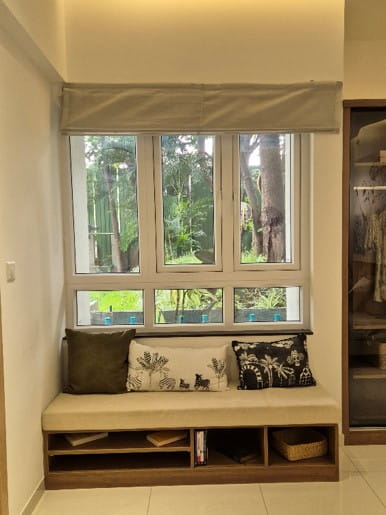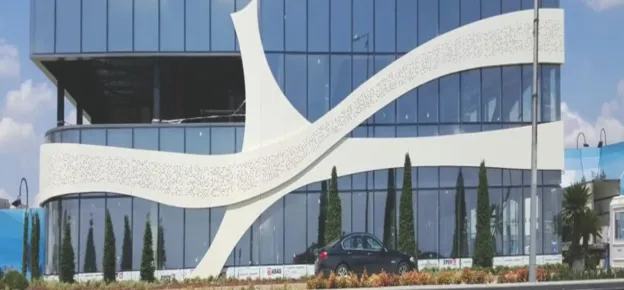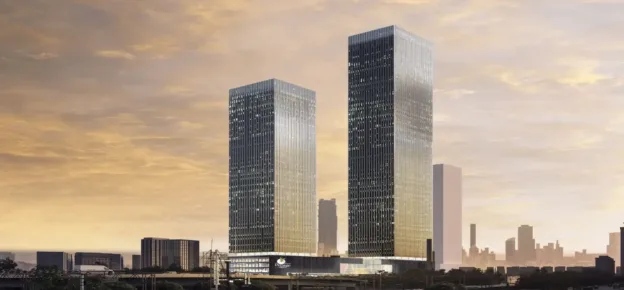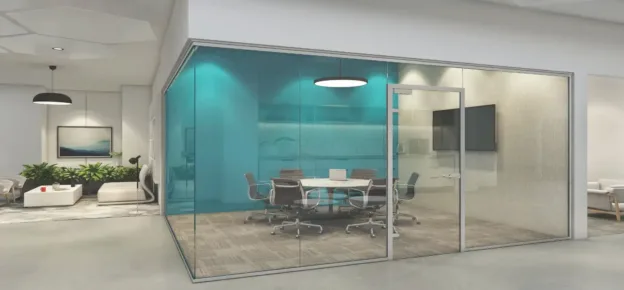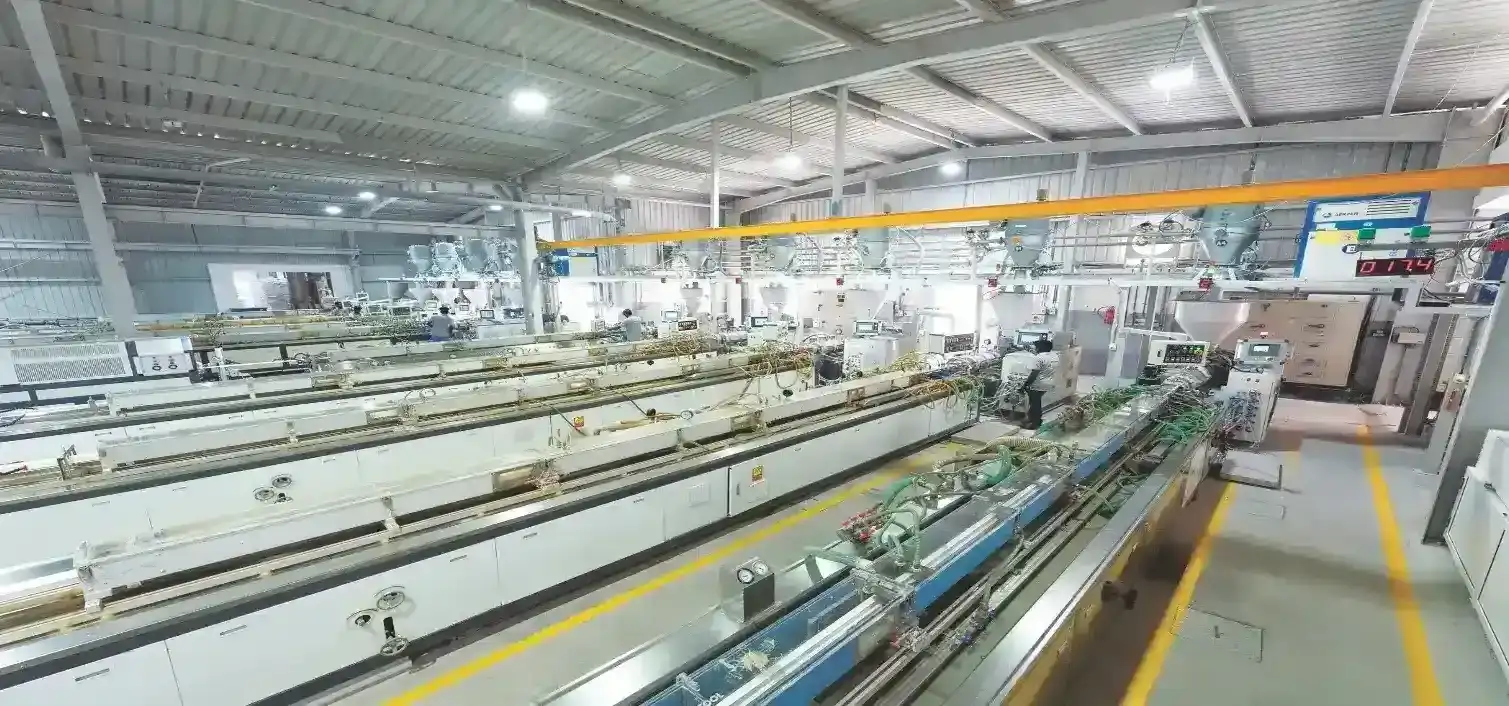Case Study
The project is a mid-premium residential development located in Bengaluru, Karnataka. It features two towers designed on a 4-acre site. The project aims to reduce heat gain into the structure and provide thermal comfort to the occupants.

Certifications:
The project is designed to meet the Platinum level of the IGBC Green Homes rating. It has also achieved IGBC Net Zero Energy and IGBC Net Zero Waste ratings.
Design Of The Project:
Given its location in Bengaluru, the project is designed to mitigate the region’s changing climate trends, including rising summer temperatures. All residential units are designed to receive natural daylight and ventilation, ensuring occupant comfort.
The Building Incorporates The Following Passive Design Measures:
Orientation: The buildings are strategically oriented so that the longer façades face the north-south direction, while the shorter façades face the east-west direction. This thoughtful orientation is designed to minimize heat gain through the east and west façades, which are typically more exposed to direct sunlight.
Placement of Towers: The two towers are deliberately located 60 meters apart to ensure privacy for the residents and to avoid interfering with the natural wind flow pattern. This spacing is crucial as it allows for unobstructed airflow around and between the buildings, ensuring that natural ventilation is not hampered. By maintaining this distance, the design promotes better air circulation within the residential units, contributing to a more comfortable and healthier living environment.
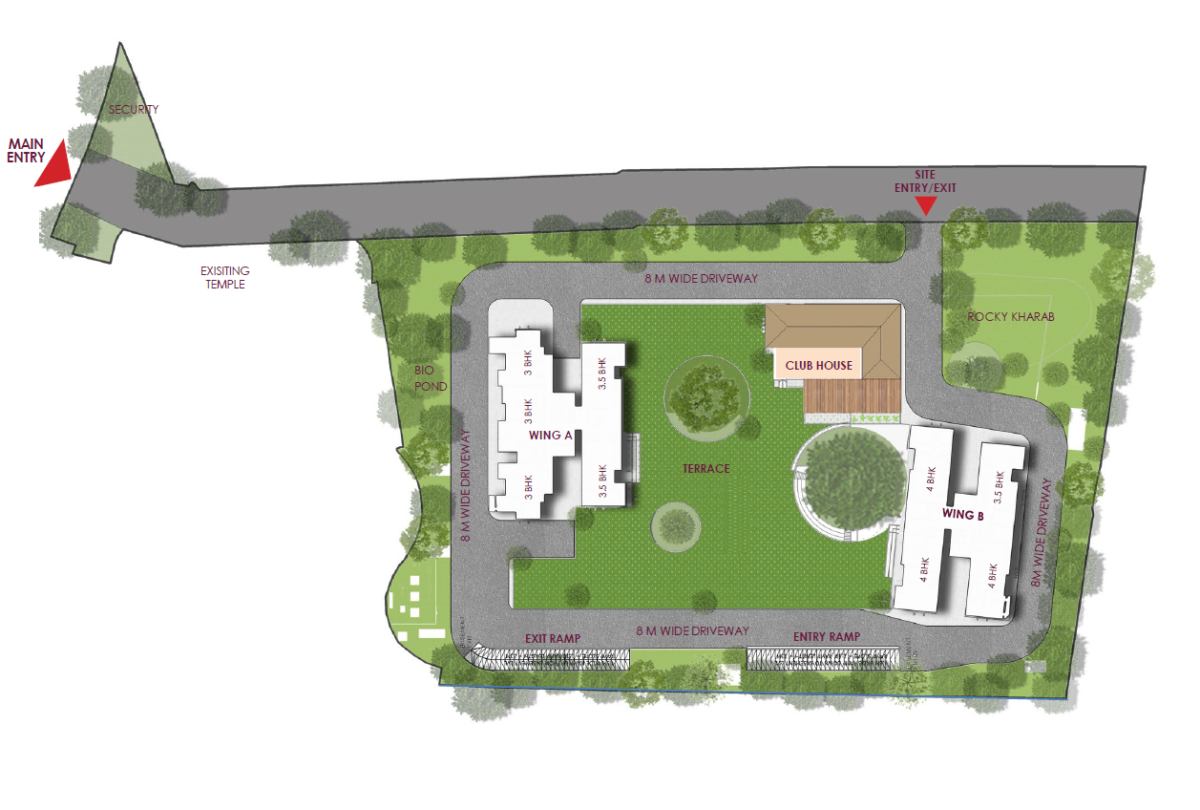
The Building Incorporates The Following Passive Design Measures:
- Orientation: The buildings are strategically oriented so that the longer façades face the north-south direction, while the shorter façades face the east-west direction. This thoughtful orientation is designed to minimise heat gain through the east and west façades, which are typically more exposed to direct sunlight.
- Placement of Towers: The two towers are deliberately located 60 metres apart to ensure privacy for the residents and to avoid interfering with the natural wind flow pattern. This spacing is crucial as it allows for unobstructed airflow around and between the buildings, ensuring that natural ventilation is not hampered. By maintaining this distance, the design promotes better air circulation within the residential units, contributing to a more comfortable and healthier living environment.
- Window-To-Wall Ratio: The design incorporates a lower window-to-wall ratio, meaning that the proportion of windows to the overall wall surface area is reduced. This strategic design choice helps to minimise the amount of heat that enters the building through the windows, thereby enhancing the thermal efficiency of the structure. By limiting the window area, the building can better control indoor temperatures and reduce reliance on artificial cooling systems.
- High-Performance Glass: The windows are fitted with high-performance glass, which is specifically engineered to reduce heat gain. This type of glass has advanced insulating properties that help to block a significant portion of the sun’s heat while still allowing natural light to enter the space.
- Placement of Windows: Larger windows are strategically placed on the north-south façades to maximise the entry of natural daylight into the building. This placement ensures that the interiors are well-lit throughout the day, reducing the need for artificial lighting and creating a pleasant living environment. Conversely, smaller windows are positioned on the east-west façades to minimize exposure to harsh solar radiation, which can lead to excessive heat gain and glare. This thoughtful arrangement helps maintain a comfortable indoor temperature.
Figure 3: Inside view of window sill level - Natural Daylighting: The design ensures that up to 75% of the regularly occupied spaces receive ample natural daylight. Natural daylighting has been shown to improve mood, productivity, and overall well-being, making it a key feature of the project’s design.
- Cross-Ventilation: Additional slit windows have been incorporated into the design to introduce cross-ventilation in the regularly occupied spaces. This feature allows for the continuous flow of fresh air throughout the interiors, enhancing occupant comfort and indoor air quality.
- Window Sill Level: The windows are designed with higher sill levels of 750 mm, in contrast to contemporary full-height windows. This design choice helps to keep the indoors cool and comfortable by reducing the amount of direct sunlight and heat entering the space. Higher sill levels also provide additional privacy and security while still allowing for adequate natural light and ventilation.
- Window Shading: Appropriate shading design for the windows helps block harsh solar radiation for most of the day. These shading elements are strategically placed to reduce glare and prevent excessive heat from entering the residential spaces. By minimising direct sunlight exposure, the shading helps maintain a cooler indoor environment and enhances visual comfort.
- Maximum Window Opening: The windows are designed to maximise the effective opening area, allowing for optimal natural ventilation and cross-ventilation. This design feature ensures that fresh air can flow freely into the living spaces. By doing so, the windows help regulate indoor temperatures naturally, reduce humidity levels, and improve indoor air quality, making the living spaces more pleasant and comfortable.
- Green Area: The project retains up to 15% of the ground as green space, which plays a crucial role in reducing the urban heat island effect. This green area includes landscaped gardens, lawns, and other vegetated spaces that help cool the surrounding environment by providing shade and releasing moisture through evapotranspiration. Additionally, the building design has been thoughtfully modified to retain three existing trees on-site, preserving the natural ecosystem and enhancing the aesthetic appeal of the development.
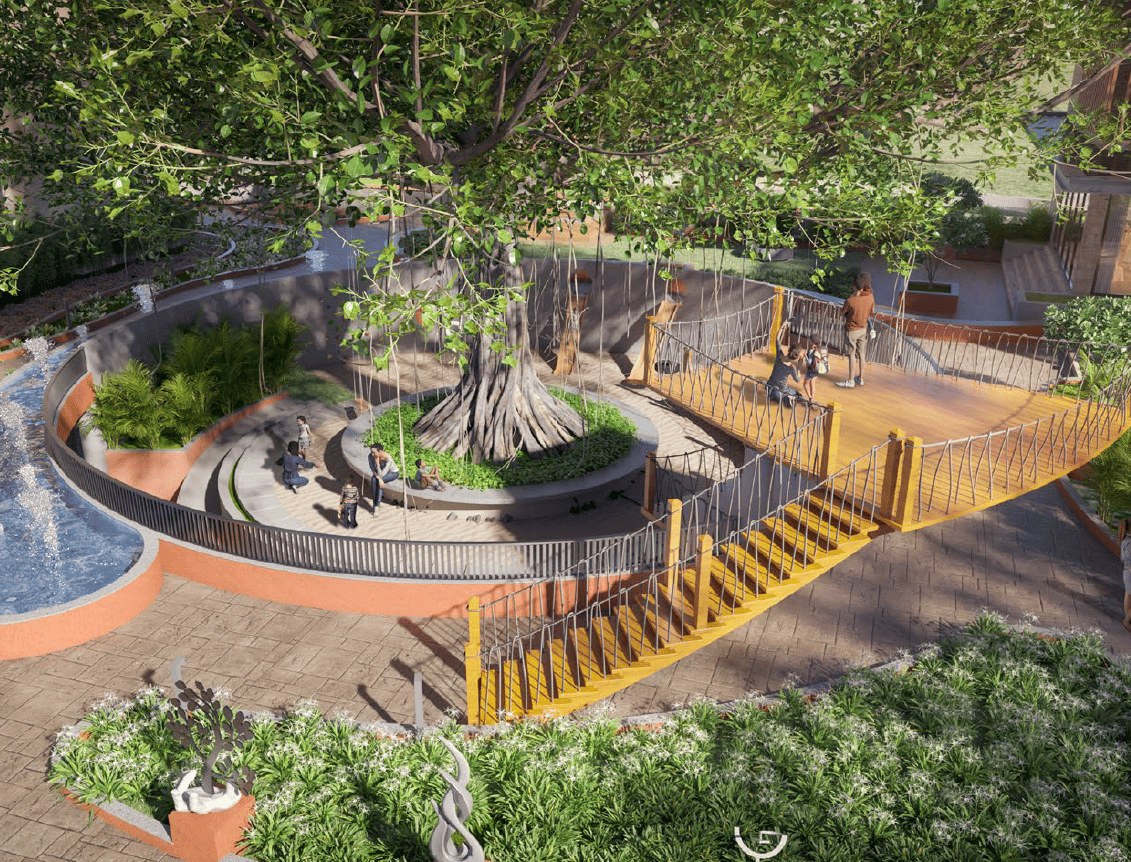
The thoughtful integration of these passive design measures has significantly enhanced the project’s sustainability and energy efficiency. By focusing on natural daylighting, ventilation, and strategic orientation, the development not only reduces operational energy consumption by up to 15% but also ensures a comfortable living environment for its residents. The commitment to green building standards and the preservation of natural elements on-site further underscores the project’s dedication to environmental stewardship. This holistic approach not only benefits the occupants but also contributes positively to the broader community and ecosystem.
Quick Facts:
|

